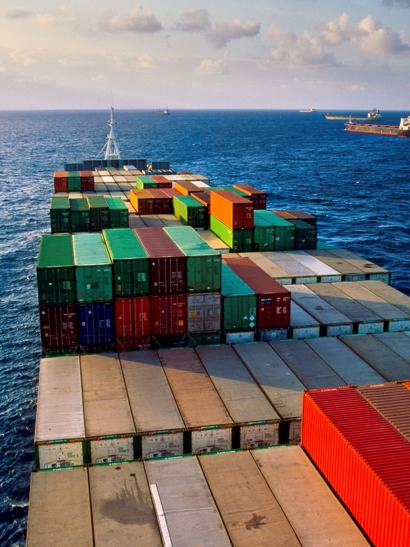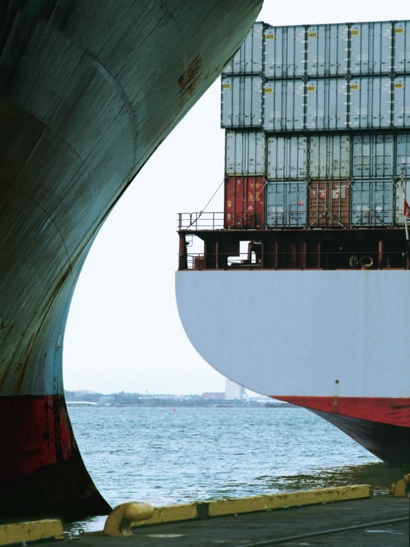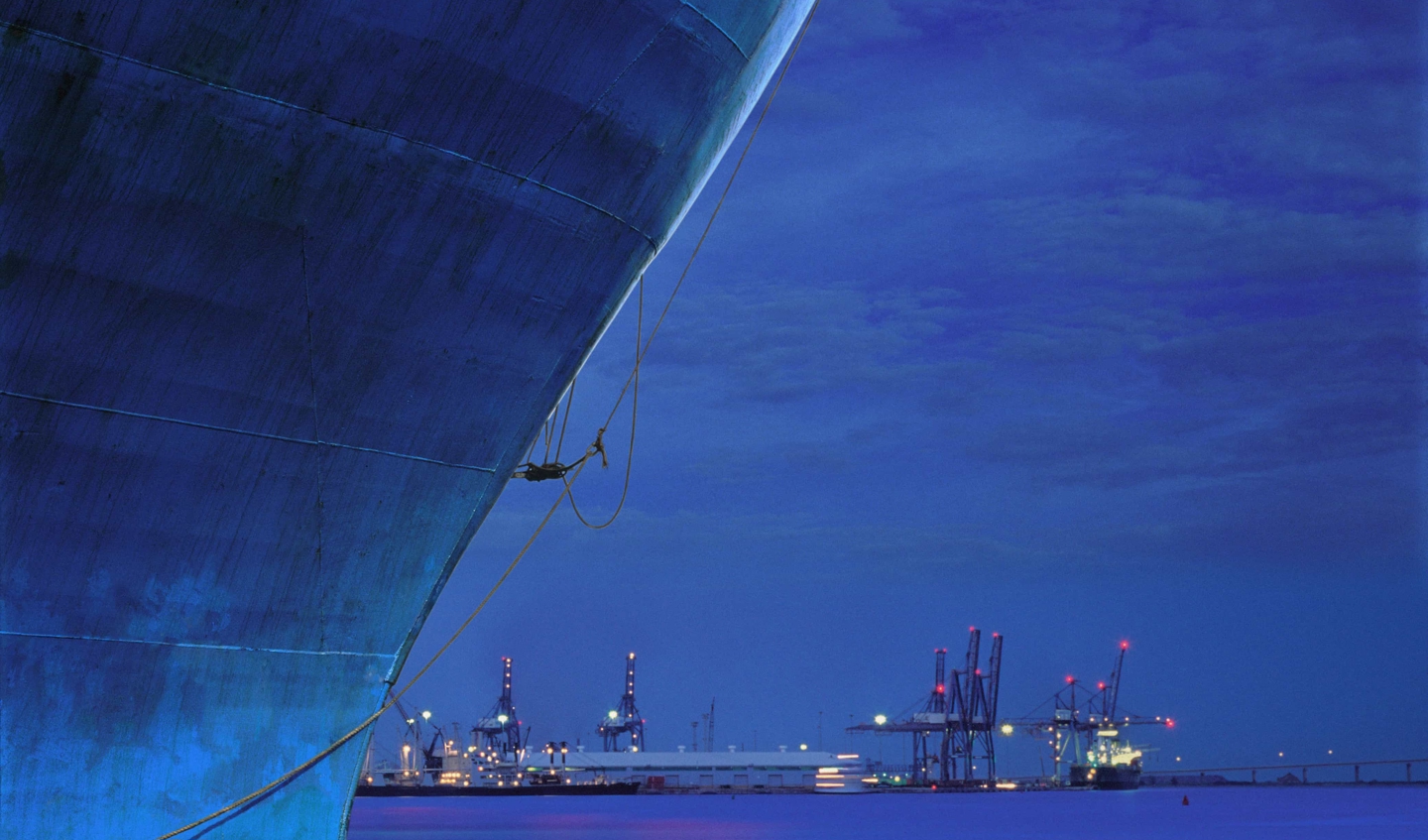What’s changing?
From the start of 2023, all goods and passenger vessels over 5,000 GT need to have a Ship Energy Efficiency Management Plan (SEEMP) Part III document on board, together with a Confirmation of Compliance (CoC). It helps organisations calculate the Carbon Intensity Indicator (CII), a dynamic metric that will produce a rating for each ship, which will be first reported in 2024 using the data gathered over 2023.
Vessels will be rated for their use of carbon from A to E. Ships in categories D and E will require owners to take remedial action by way of updates and revisions to their vessels. From January 1, this dynamic document must be available on board and kept current for the rest of this decade, .
Not all owners have squared up to the challenges that lie ahead. A significant number of vessels, including large numbers of some ship types, are likely to be poorly rated. Even if they are initially rated in one of the three acceptable categories – A, B or C – they could find easily slip into D or E later in the decade. A substantial number of LNG carriers, for example, are likely to be rated D or E from the outset (see article 3 in this issue).
Although there are no specific sanctions yet for non-compliance, the market itself will identify laggards and poor performers. When there are options to choose from, the owners of such ships could find themselves at the back of the chartering queue.
While there may be no official penalties for ships rated D or E, Lloyd’s Register’s (LR) Singapore-based Brijesh Tewari, Lead Maritime Decarbonisation Consultant, recommends that owners run no risks. He points out that the CoC, which must be kept on board at all times, confirms the validity of the SEEMP Part III. If not current, a conscientious port state control inspector could in principle detain the vessel.


Contractual issues
The formula and make-up of the CII is likely to disrupt a number of long-established principles and precedents in charterparty contracts. There are already signs of discord but, so far, everyone is hoping that owners and their customers will focus on the need for a collaborative approach to sorting out issues.
CII has critics in the industry. Some say it is too broad a gauge of ships’ carbon intensity because it fails to take account of ship operations – vessels that make frequent port calls, for example, and are therefore subject to external factors such as congestion and waiting times that are outside a ship operator’s control.
Some also criticise the make-up of the CII itself – grams of carbon dioxide emitted per cargo-carrying capacity and nautical mile. They cite the example of long ballast hauls that could be used to increase the denominator below the line. And, in any case, many vessel types rarely ship cargoes equivalent to their full capacity.
Some vessel types, such as reefer ships, have been allocated correction factors – in the case of reefers, to offset fuel used in keeping cargoes cold. But other ship types – such as feeder container ships, for example – have no similar factors in place.
Nick Gross, LR’s Global Containership Segment Director, believes feeder ships will find it hard to match the CII rating of bigger container ships covering longer distances. Feeders make short voyages, he points out, spend a disproportionate amount of time in port, work lots of cargo and are subject to port congestion, waiting time, and so on.
New CII clause
In November, BIMCO issued a CII clause for possible inclusion in new timecharter contracts and perhaps as an amendment to existing contracts, subject to both parties’ agreement. However, many chartering groups were unimpressed, claiming that the clause is one-sided in favour of shipowners and operators.
Certainly, marine lawyers are already prepared for a significant volume of contract-related work as a result of the new regulations. Speaking on a no-names basis, one prominent specialist in charterparty law said recently that good cooperation between owners and their customers might well facilitate a collaborative and successful approach to CII adoption.
But shipping is a notably litigious business and a significant number of owner-charterer relationships are more combative than cooperative. Furthermore, if one party is dissatisfied with existing contractual arrangements – perhaps because of developments in the market – taking a strong legal stance could provide a route to early termination of a deal.
Direction of travel
On a more positive front, others argue that the CII gauge is better than nothing, demonstrating a clear direction of travel that global shipping must take if there is to be any chance of meeting mid-century climate targets. However, the consensus is that shipping needs to make moves to cut emissions far more quickly. As various experts have pointed out, the IMO’s current aims do not align with the targets set out in the Paris Agreement of 2015.
Many owners and operators are well-prepared for the introduction of January’s regulations and the continuous monitoring, reporting and verification processes that will follow. But others have taken a more casual approach and LR experts in the field warn of unexpected disruption and extra costs that could result.
Charterer involvement
LR is talking to both sides in the chartering relationship. Alberto Perez, Global Head of Commercial Maritime Markets, is based in Geneva, home to a significant number of shipping’s largest customers. He describes CII as ‘a delicate topic’ and is deeply engaged in promoting collaborative strategies between owners and the consumers of their services.
Perez believes that contractual disputes are likely in the early days but notes broadly positive sentiment in his work with charterers in Geneva. He believes there is a strong desire amongst many of shipping’s customers for the development of a cooperative and collaborative framework.
Perez has been closely involved in helping charterers to understand the pros and cons of different emission-reducing technologies and how these could work effectively under different employment contracts. Engine power limitation (EPL), for example, is a popular choice among many owners as an initial step to cut emissions, but could have significant implications for charterers.

Ship optimisation
LR’s i4 Insight fleet optimisation system is proving an invaluable tool, Perez says. The digital platform combines both owned and third-party data into a system powered by machine learning to reduce fuel costs, improve ship performance, and cut emissions.
Creating a dialogue around fuel-saving options, he believes, assists in promoting a better setting for relationships in the future. Such an approach works well for both parties, he points out. Charterer backing can support owners’ investment in new energy saving devices or digital systems to optimise voyages. Fuel savings benefit charterers. Meanwhile, a longer commitment from charterers is positive for owners.
More urgency has been created recently by a preliminary agreement to include shipping in the European Union’s Emissions Trading System (ETS), a key component in the ‘Fit for 55 in 2030 package’, a move by the EU to cut greenhouse gas emissions by at least 55% by 2030 compared to 1990 levels. Methane and nitrous oxide are to be included. A substantial share of the money raised through the ETS pricing mechanism will be allocated to support further development of shipping’s carbon-reduction technologies.
Emissions regulations are only going to intensify over time. It is now more important than ever for owners and their customers to collaborate on raising efficiency and cutting emissions.






